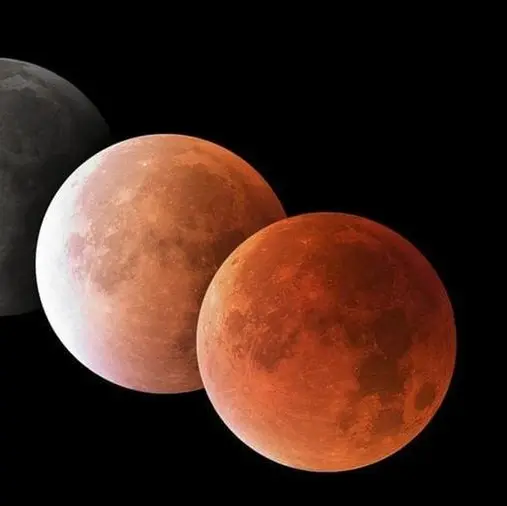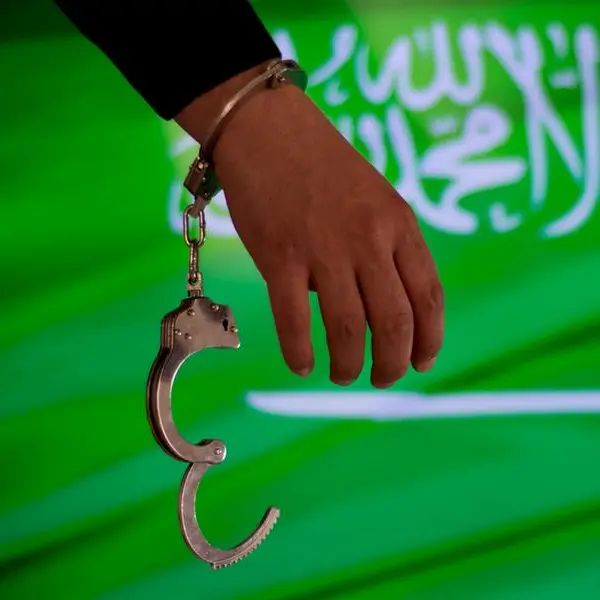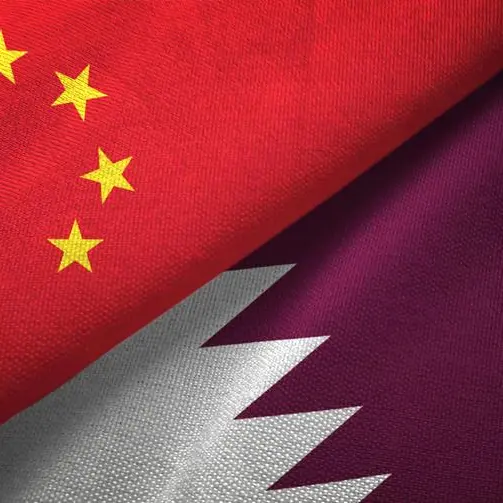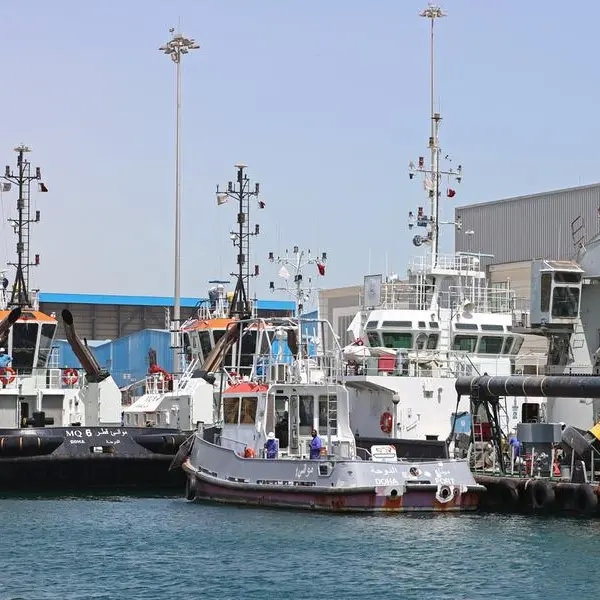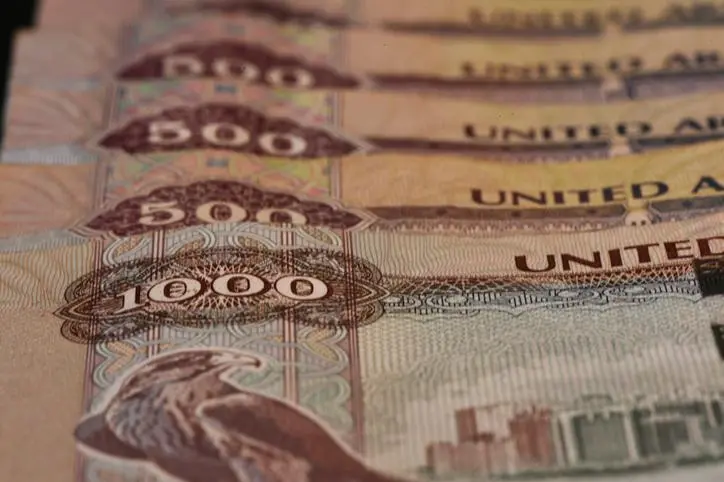PHOTO
The chance of escalaltion in the fighting between Israel and Hezbollah on the Lebanese border was put at 30% by analysts weighing the impact of the conflict on the Levant’s economy.
While there is a 70% of the conflict not spreading, analysts from BMI said should it escalate, there is then an 80% chance of pressure from the USA leading to a ceasefire, with sectarian tensions in Lebanon still likely to continue.
The likelihood of fighting then spreading to other parts of Lebanon will then be at 20%, with attacks by Hezbollah then reaching further into Israel, including on gas infrastructure.
However, in 2025, assuming the war ends, the economic picture is expected to be brighter, with Levantine growth accelerating to 4%, driven by post-war reconstruction efforts and organisation of the economic and shipping effort, BMI said.
Mariette Kas-Hanna, senior country risk analyst, said a wider war would be costly for both sides, significantly exacerbating socio economic issues in Lebanon as well as intensifying domestic political tensions.
The contained fighting is therefore more likely to be sustained, enabling Hezbollah to achieve its objectives while shifting some of the Israeli Defence Force (IDF) focus from Gaza to the Lebanese border, and increasing the pressure on Israel to agree on a ceasefire in Gaza without severe public backlash inside Lebanon.
“As for Israel, a wider war with Hezbollah would result in higher domestic tensions and greater economic and military losses,” she said.
Israel’s military capabilities are already stretched, and a war with Hezbollah will amplify this, especially as Lebanon is better equipped than Hamas, and has extensive experience in urban fighting, allowing it to inflict more physical damage on Israel, including on key gas infrastructure, with higher losses of Israeli civilians and soldiers.
Ramona Moubarak, head of MENA country risk, said BMI’s view that the Gaza Israel conflict will not broaden to a full-scale military confrontation with Iran-backed groups either in Lebanon, Iran, Yemen and or Syria, continues to hold.
Kas-Hanna said one thing Israel is considering in case of a wider war, is that Hezbollah will not be fighting alone, because several pro-Iran or pro-Palestinian groups will join its ranks, with increased attacks by pro-Iranian groups in places like Iraq and Syria.
“Key foreign powers in the region, namely the US and Iran, are not in favour of an escalation that could eventually drag them directly into the war, especially when their domestic political situations are requiring great attention and focus,” she said.
The continuation of the war has impacted growth forecasts for the Levantine economy, with BMI originally expecting it to grow by 1.7% in 2024, now revised to 0.8% in 2024
For Israel, growth will slow from 1.9% to 1.2%, while the impact of the war, including infrastructure damage and loss of life as well as the flow of goods, will see the West Bank and Gaza’s economy shrink by at least 15% this year, analysts said.
In Lebanon, the economy is expected to shrink by 1.5% as high chances of fighting between Hezbollah and Israel escalating weighs on the summer tourism season, which became a lifeline for the economy since the 2019 economic crisis.
In Jordan, the forecast for the year was cut from 2.4% to 2.2% GDP growth.
(Reporting by Imogen Lillywhite; editing by Brinda Darasha)

